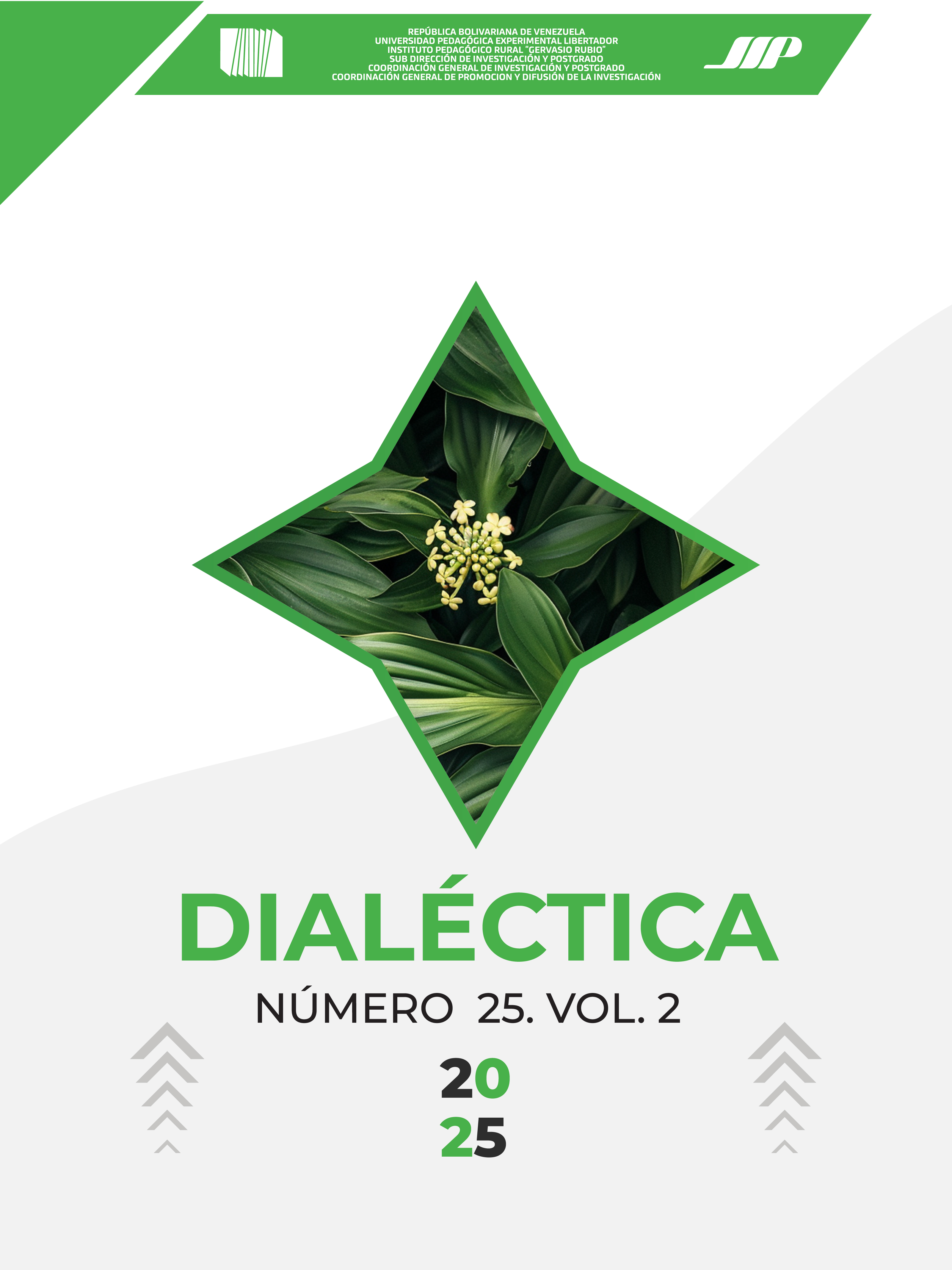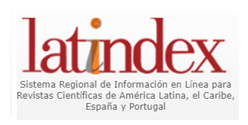CLOSING THE DIGITAL DIVIDE IN RURAL AREAS: A CHALLENGE TOWARDS QUALITY EDUCATION
DOI:
https://doi.org/10.56219/dialctica.v2i25.4040Keywords:
Digital divide, Challenge, Quality education, Rural areasAbstract
The purpose of this argumentative essay article is to delve into the understanding of the digital divide within rural areas and how current educational policies seek to close it, in this order of ideas, a challenging process is manifested according to quality education, therefore, The existence of the digital divide is recognized, due to the fact that educational institutions in rural areas do not have the necessary means to achieve adequate digital development, this affects the quality education that can be provided there, for this particular, a review of different arguments is developed, which allow us to understand what has been the suitability of the rural environment, as well as the remoteness of these spaces that refer to a scenario in which technologies have even been difficult to reach, therefore, there is a body of evidence with which an interest is defined in which they are studied in depth The different perspectives that define quality education in rural education, therefore, within the conclusions, the existence of the digital divide is evidenced, there is no doubt about the presence of this in rural areas, however, it has been fought to close it, in order to generate a relevant impact on the construction of new knowledge.
Downloads
References
Bustos, A. (2009). La escuela rural española ante un contexto en transformación. Revista de Educación
Del Moral, M. (2011). Las comunidades de práctica en la Web 2.0 para la colaboración entre escuelas rurales. Revista DIM: Didáctica, Innovación y Multimedia.
Dubet, F. (2015). La escuela de la igualdad de oportunidades. ¿Qué es una escuela justa? Barcelona: Gedisa.
Escobar, F. (2016). El uso de las TIC como herramienta pedagógica para la motivación de los docentes en el proceso de aprendizaje y enseñanza en la asignatura de inglés. Medellín: Universidad Pontificia Bolivariana.
García, y Lázaro, J. (2019). El nivel de vida en el medio rural de Castilla y León: una constatación antropométrica, 1840-1970. Historia Agraria: Revista de Agricultura e Historia Rural
Gómez, S. (2013). ¿Nueva ruralidad? Un aporte al debate. Estudios Sociedad e Agricultura, 1, 5-32. Recuperado de: http://bibliotecavirtual.clacso.org.ar/ar/libros/brasil/cpda/estudos/dezessete/go mez17.htm
Moreira, M. (2014). Las políticas educativas TIC en España después del programa Escuela 2.0: las tendencias que emergen. RELATEC: Revista Latinoamericana de Tecnología Educativa, 13(2), 11-33. doi:10.17398/1695288X.13.2.11 DOI: https://doi.org/10.17398/1695-288X.13.2.11
Morales, N. (2016). El reto de la brecha digital y las personas mayores en el medio rural. Journal Of Communication, 13(13), 169-189. doi:10.14201/ fjc201613169189 DOI: https://doi.org/10.14201/fjc201613165185
Sanz, B. (2011). Ruralidad emergente: posibilidades y retos. Madrid: Ministerio de Agricultura, Alimentación y Medio Ambiente.
Downloads
Published
How to Cite
Issue
Section
License

This work is licensed under a Creative Commons Attribution-NonCommercial-ShareAlike 4.0 International License.
La revista Dialéctica conserva los derechos patrimoniales (copyright) de las obras publicadas, que favorece y permite la reutilización de los mismos bajo la licencia Creative Commons Atribución-NoComercial-CompartirIgual 4.0 , por lo cual se pueden copiar, usar, difundir, transmitir y exponer públicamente, siempre que se cite la autoría y fuente original de su publicación (revista, editorial, URL y DOI de la obra), no se usen para fines comerciales u onerosos y se mencione la existencia y especificaciones de esta licencia de uso. Si remezcla, transforma o crea a partir del material, debe distribuir su contribución bajo la misma licencia del original.











